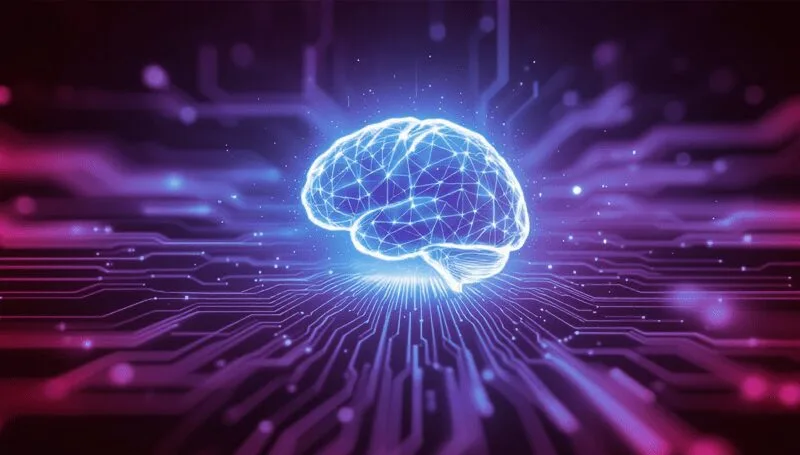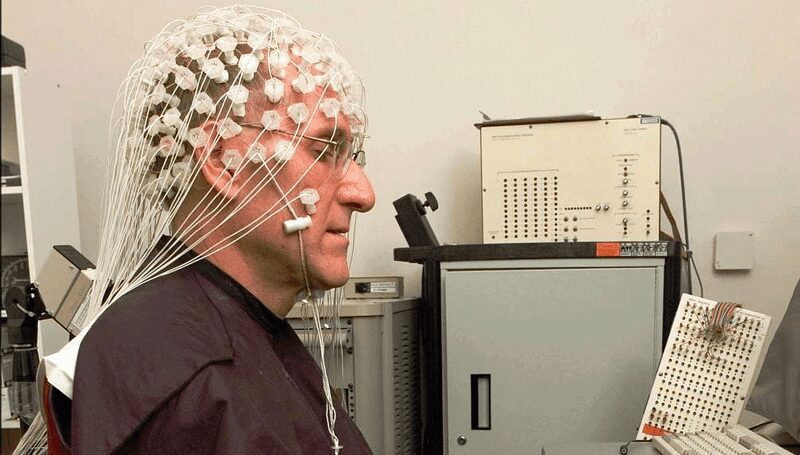Brain-Computer Interfaces: When Telepathy Becomes a Technological Reality

Human interaction with technology is on the cusp of a new revolution. Forget wired or wireless input devices, or even hand gestures and voice commands. Today, direct mental commands are the new frontier, and the technology is evolving rapidly.
These new inventions are collectively called BCIs, or Brain-Computer Interfaces. They are complex systems meant to establish a direct communication pathway between the brain and digital devices. These devices have the potential to transform how humans interact with their environment, and also may restore vital functions for certain conditions.
This article delves into the fascinating evolution of brain-computer interfaces, the intersection of electronic telepathy and artificial intelligence, and the future of neurotechnology.
What Exactly Are Brain-Computer Interfaces?
Brain-Computer Interfaces are systems that allow the user to control an external device using only their brain activity. Traditional input devices include things like keyboards, mice, touchscreens, even hand gestures and voice commands. BCIs aim to replace the middle man entirely and translate neural signals into immediate commands. This has profound implications on how we interact with technology, and may provide options for individuals with severe motor impairments.
How signals are acquired:
The first step in any BCI is capturing electrical signals from the brain. This is done in various ways and determine the system’s accuracy, safety, invasiveness, and the range of possible applications.

Non-Invasive BCIs
Systems that detect brain activity from outside the body. For example, via a wearable device
Electroencephalography (EEG): The most common non-invasive method. Electrodes are placed on the scalp to detect brain signals. EGG is safe, portable, affordable, and non-invasive. However the signals are less accurate, and may be distorted by outside input.
There are other methods for non-invasive data collection, but they are less practical due to size and cost. These include functional Near-Infrared Spectroscopy (fNIRS) and magnetoencephalography (MEG).
Invasive and semi-invasive BCIs
These devices require a medical procedure to be placed on top of, or embedded within the brain. Such as those made by Neuralink and Blackrock Neurotech.
Invasive BCIs
Requires electrodes to be implanted directly into the brain, most often in the motor cortex, but the location depends on the intended function of the device. For example, devices designed to restore vision or hearing may be implanted in different areas related to these functions.
Invasive BCIs have the highest signal fidelity and accuracy, since they can pick up electrical activity from individual neurons, allowing for precise control.
However, they also come with the biggest risks, as they require intricate neurosurgery, and may cause tissue damage and inflammation, posing significant health risks for the brain. Scar tissue formation can also reduce signal quality.
Semi-Invasive BCIs
Semi-invasive devices are placed on the surface of the brain, beneath the skull, but not embedded into brain tissue.
These devices are a compromise between invasive and non-invasive systems. They bypass the problem of signal interference by being closer to the brain, while avoiding the risks associated with fully invasive methods. They still require a surgery but it’s less risky.
Signal Processing & Interpretation
This is the “software” aspect of the system. Once brain signals are acquired, they need to be converted into meaningful data. The advancement in AI and machine learning have improved this step exponentially.
Noise filtering: Algorithms are used to filter unwanted electrical activity such as muscle movement, eye blinks, and any disruptions from the environment.
Pattern recognition: Detecting specific electrical patterns associated with the user’s intent. For example, the user would be instructed to imagine moving an arm. This signal is recorded multiple times, so that when they are out in the world and need to perform the same action, the system would recognize the pattern for later.
Translate commands: The system needs to turn the processed electrical signal into code. Digital commands that an external device (e.g. a robotic arm, a computer cursor, etc…) can pick up and execute. Decoding signals in real time requires significant processing power, but it’s essential to make the device usable.
Past and present applications
The idea of electronic telepathy predates modern computers. It has roots that stretch back for over a century, and the term “Brain-Computer Interface) didn’t even exist back then.
When Electroencephalography (EEG) machines were invented in the 1920’s, they provided the first glimpse into neuronal activity. Initial experiments were limited to controlling simple switches of lights, which didn’t have any practical applications, but these pioneering efforts are what allowed the technology to advance today.
In the present, BCIs are leaving the realm of science fiction and are actively transforming lives. The most promising application is the ability to restore function for individuals with severe neurological conditions or injuries. Some companies are actively working on sight and hearing aids directly connected to the brain.
They also represent a promising avenue for individuals with paralysis due to spinal injury and other motor conditions. Patients can control prosthetic limps or even entire exoskeletons using nothing but their intent.
Beyond direct control of an external device, the data collected from the brain is invaluable for neurological and mental health conditions. For example, allowing someone to learn to self-regulate via biofeedback for conditions like depression, anxiety, or ADHD. They can also be used for seizure detection, or to provide deep brain stimulation to treat conditions like Parkinson’s disease or severe psychiatric disorders.
As BCIs become more mainstream, their use can be expanded into entertainment and wellness, not just to treat conditions.
Non-invasive EEG headsets have been used for years in niche gaming as an input device (for example, making a car in a racing game go faster the more you concentrate). As they improve, devices like these have the potential to seamlessly integrate with AR/VR gaming.
Ethical Questions
If BCIs have widespread consumer adoption, they raise some profound ethical dilemmas:
Privacy: Collecting data directly from the brain raises obvious privacy concerns. Who owns this data? How will it be processed? Can it be hacked?
Autonomy: BCIs have the potential to not only “read”, but also “write” or influence brain activity. They have the potential for “mind control”, subtly altering thought patterns, implanting suggestions, or affecting mood.
Equity and access: This complex technology can create a new digital divide, where only the wealthiest people have access to the latest neurological enhancements. It can create a new class divide and affect access to opportunities or quality of life.
Security: BCIs are a network technology, especially that they need AI to interpret data, making them hackable. This could lead to data theft or direct manipulation of the device itself by malicious actors.
Overall, as BCIs continue to improve, they need to evolve alongside rigorous laws and ethical considerations to regulate them.




